[ad_1]
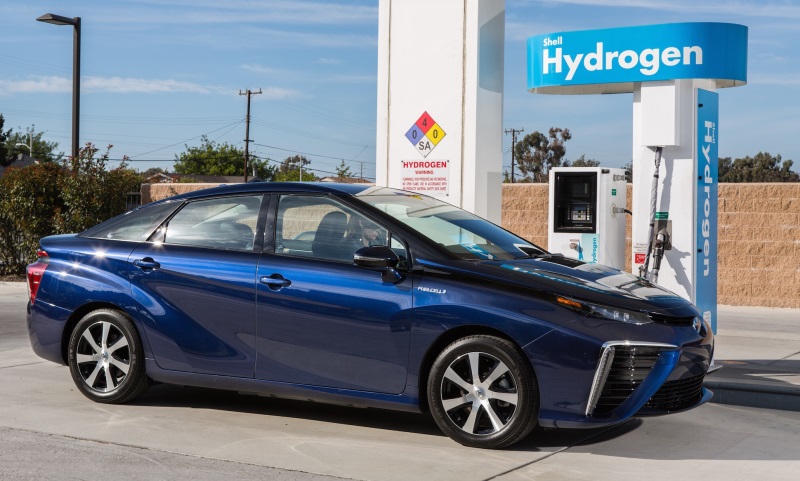
We test the Toyota Mirai-a pioneering zero emission car of the future … that’s here now.
Toyota led the hybrid march when it started in 1997 the Prius of the first generation. It took up to 2000 until it was for sale in Great Britain and the rest is history. Hybrids and now plug-in hybrids are commonplace on our streets.
Electric cars are also a familiar sight, but now we see the next big deal – hydrogen fuel cells. And once again Toyota is the way.
Technically speaking, the Mirai is not the first hydrogen car that is on the market in Great Britain. Hyundais IX35 launched it in 2015, but unfortunately it is very compromised because it is based on the aging IX35 SUV and is only available in the left drive.
The Mirai is a completely different concept – the result of 20 years of development.
So what is a fuel cell vehicle?
Well, I can’t pretend that I understand the technical values of it, but basically it is an electric car.
Instead of the electric motor stored in batteries, however, the hydrogen fuel cell generates electricity by mixing hydrogen with oxygen, storing it in a battery and, like any other hybrid, supplies the engine with electricity.
In contrast to electric cars, there is no fear of worry, because just like a conventional petrol or diesel car, you can fill at a burning station (with hydrogen, in pressure), which results in a similar range of around 300 miles.
And here is the thing – because it runs exclusively on hydrogen, the only emissions are water.
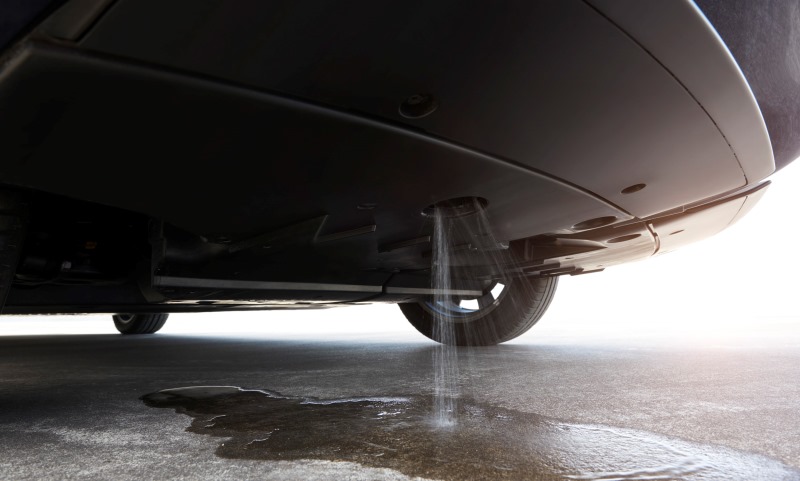
So far, so good. I will come to the elephant in the room later, but for now we enjoy the Mirai.
The first thing you notice is that the Mirai is big-it is about the size of the latest pumped Ford Mondeo.
However, it is exclusively a four -seater (there is a large, firm armory in the rear between the two seats), but it is a spacious, comfortable place with a state -of -the -art feeling in advance. Not as minimalistic as a Tesla, but a fairly futuristic feeling.
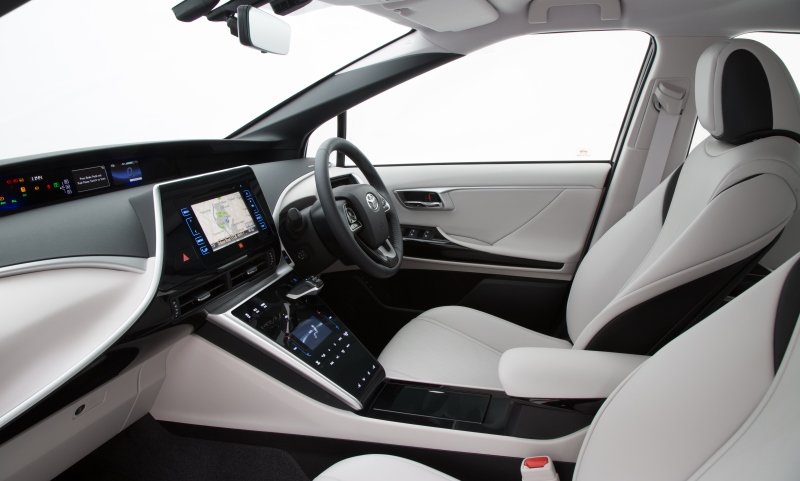
It is also well put together and most of the materials used have a feeling of quality. I only wish the steering wheel didn’t look so moor.
There is a start button to the right of the steering wheel. The car does not start as much as switched on, and then it is only about driving the equipment selection to release the foot brake with the foot farm and they are gone.
From here on, the Mirai is just like any other large electric car. It feels quite difficult and it is not in its element that is thrown by country rounds, but it is an effortless cruiser.
They are aware of a weak misery, but otherwise it is pretty quiet.
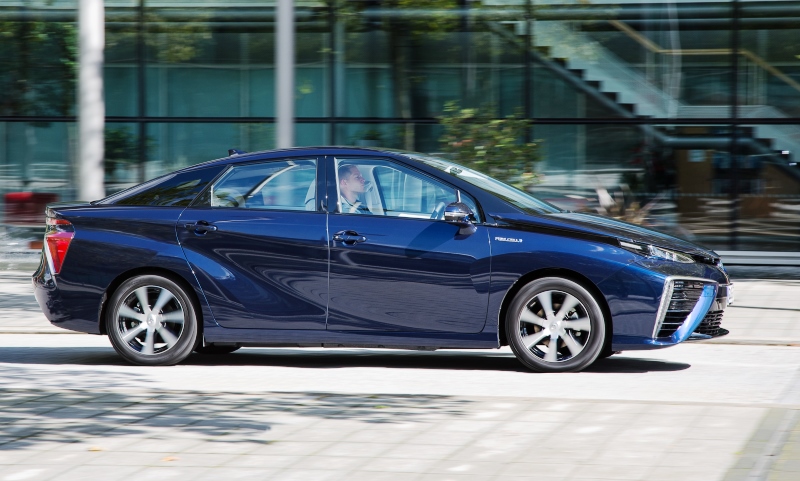
There are more than enough electricity there, but it is not a Tesla in the acceleration sticks. For the recording, it is able to 0-62 miles per hour of 9.6 seconds and a top speed of 111 miles per hour.
In contrast to many electric cars, however, the delay seems to be more smooth, while in some (including the Tesla) the relaxation of the gas can lead to a dramatic speed loss.
The Mirai drives well. The soft suspension occurs most of the bumps and it is not grateful.
The process of generating electricity using a fuel cell system is two to three times more efficient than burning, but the storage of hydrogen takes up space. Toyota did a good job to hide the two tanks, but there were clearly some effects.
The rear trunk room (it is a salon, no fluid rear) is a decent 361 liters, but not a class that leads to the class.
Security is also of the greatest importance. Toyota assumes that the Mirai is safer than a conventional car because there are so many protective measures. For example, testing the hydrogen fuel tanks with high -speed weapons included them.
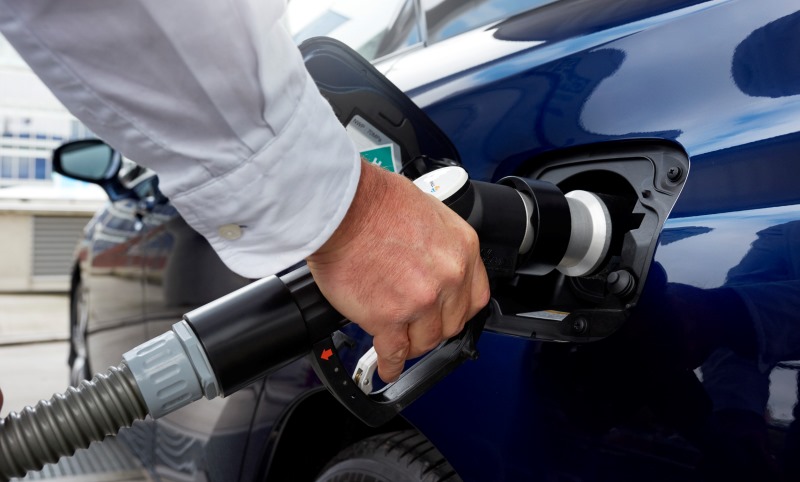
The refueling only takes 3-5 minutes, and the nozzle contains a mechanical castle to ensure a perfect connection to the Mirai filling instrument. If this lock is not securely set up, filling is not possible.
Ultimately, the Mirai is a high -quality car and it feels special. There is also an element of exclusivity. Only 12 cars were sold in Great Britain in 2015, and in 2016 15 forecast sales – mainly companies and rented.
But now for the elephant in the room. The Mirai is ahead of the game because the hydrogen tank infrastructure is in its infancy. Three hydrogen tank stations (Heathrow, Hendon and Swindon) are currently open, with another three and other three being under construction by the end of 2016.
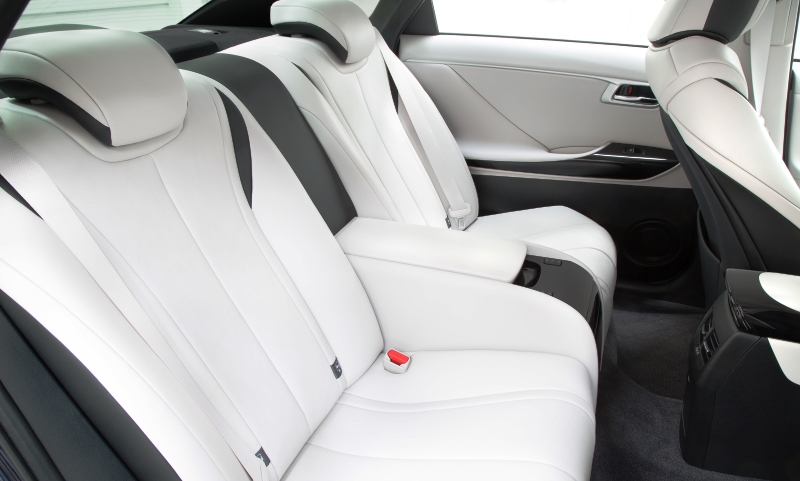
There is also the problem of the hydrogen price because it works more expensive than filling with petrol or diesel at the moment.
In addition, the Mirai cannot spend emissions because the production process for the vast majority of hydrogen is not green.
As with any new technology, there will be early users and hydrogen fuel cell cars will take off when you excuse the pun, but it will not happen overnight.
There is a price that is paid for the exclusivity of Mirai. It costs £ 61,000 (after a deduction of 5,000 GBP for the government’s OLEV scholarship), which is not much twice as high as the price for an equivalent price price of this size.
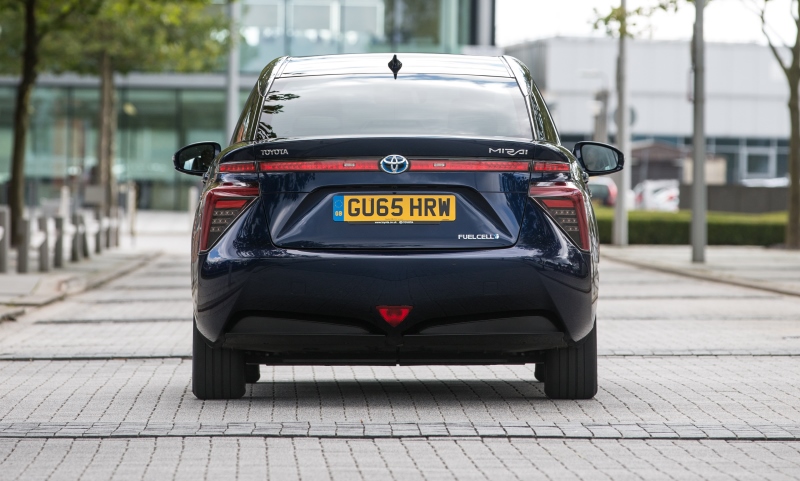
As a result, most Mirais have been postponed so far. You can have one for £ 750 per month and it includes fuel costs and complete maintenance.
There is also access to Toyotas 24/7 -Concierge -Service, which is the ultimate security -including the collection and delivery for maintenance and a credit.
In Japanese, “Mirai” means “in the future” – and the Mirai is the future of driving.
Rating: @Garethherincx
[ad_2]